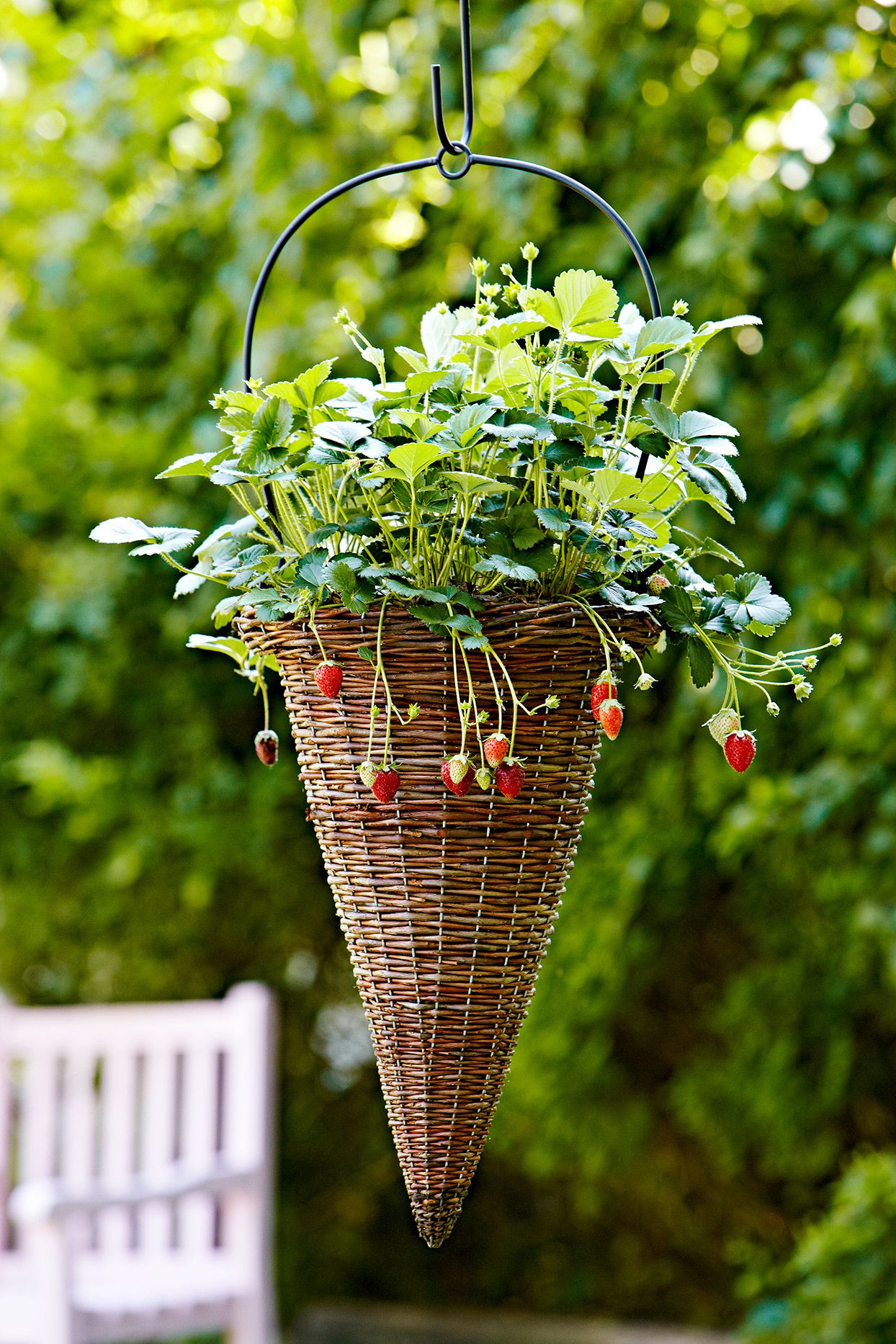Imagine stepping into your garden on a warm summer morning and picking juicy, ruby-red raspberries straight from the vine. Sounds dreamy, right? Well, it’s easier than you think! 🌼Whether you have a sprawling backyard or just a sunny patio, you can learn how to plant raspberries and enjoy fresh, delicious berries right at home. This guide breaks down everything you need — from soil prep to pruning — so you can try this amazing how to plant raspberries idea with confidence.Let’s dive into how to grow a bountiful raspberry patch that keeps on giving year after year! 🌿🌱 1. Choose the Right Raspberry VarietyBefore planting, it’s important to pick the perfect variety for your climate and taste.🍓 Types of Raspberries:Summer-bearing raspberries: Produce one large harvest in early to mid-summer.Popular choices: ‘Latham,’ ‘Killarney,’ ‘Boyne.’Ever-bearing (fall-bearing) raspberries: Give two smaller harvests — one in summer and another in fall.Popular choices: ‘Heritage,’ ‘Autumn Bliss,’ ‘Caroline.’💡 Pro Tip: If you’re new to gardening, start with ever-bearing varieties — they’re low-maintenance and give you fruit twice a year!🌸 2. Pick the Perfect Planting SpotRaspberries love sunlight and well-drained soil.Ideal Growing Conditions:Sunlight: At least 6–8 hours of direct sun per day.Soil type: Loose, fertile, and slightly acidic (pH between 5.5 and 6.5).Drainage: Avoid soggy spots — raspberry roots don’t like “wet feet.”🌿 Tip: Raised garden beds or mounds are great for improving drainage and preventing root rot.🌾 3. Prepare the Soil for SuccessHealthy soil = healthy raspberries. Here’s how to get it right:Clear the area of weeds, grass, and debris.Loosen the soil about 12–18 inches deep using a shovel or garden fork.Mix in organic matter like compost or aged manure to boost nutrients.If your soil is heavy clay, add sand or perlite to improve aeration and drainage.🍇 Pro Tip: Preparing soil 2–3 weeks before planting helps it settle and create the perfect home for your raspberry roots.🌼 4. Planting Your Raspberry CanesOnce your soil is ready, it’s time to plant!Step-by-Step Planting Guide:Dig trenches about 6–8 inches deep and 2–3 feet apart.Place canes (root sections) about 18–24 inches apart within each trench.Spread roots gently and cover them with soil, leaving the crown slightly above ground level.Water thoroughly right after planting.🌱 Bonus: Mulch with straw, bark, or wood chips to lock in moisture and suppress weeds.🌿 5. Support Your Growing PlantsRaspberries grow tall and love to climb, so they need support.Easy Trellis Setup:Use wooden stakes or metal poles at both ends of each row.Run sturdy wires (about 2–3 feet and 5 feet high) between posts.As canes grow, tie them loosely to the wires with twine or garden ties.💡 Tip: A trellis not only keeps your garden tidy but also improves air circulation, reducing the risk of disease.🍓 6. Watering and Feeding Your RaspberriesRaspberries are thirsty plants, especially when fruiting.Watering Routine:Keep soil consistently moist but never waterlogged.Water deeply once or twice a week, depending on weather conditions.In dry climates, add a layer of mulch to retain moisture.Fertilizing:In spring, apply a balanced fertilizer (10-10-10) or compost around the base.Avoid over-fertilizing — too much nitrogen can lead to lush leaves but fewer berries.🌿 Secret tip: Compost tea or organic fish emulsion is a gentle, nutrient-rich way to boost growth naturally.🌼 7. Pruning for Health and ProductivityPruning might sound intimidating, but it’s the secret to juicy, abundant berries!Pruning Guide:Summer-bearing raspberries:After harvest, cut old canes (the ones that produced fruit) down to the ground.Keep 4–6 of the healthiest new canes for next year.Ever-bearing raspberries:Cut all canes to the ground in late winter for a single large fall crop,or leave a few canes for early summer fruiting.✂️ Pro Tip: Always use clean, sharp pruning shears to prevent disease.🍇 8. Protect Your Raspberries from Pests and DiseasesEven healthy gardens can face challenges — but prevention goes a long way!Common Pests:Aphids: Spray with a mild soap-water solution.Spider mites: Mist plants regularly to discourage them.Birds: Use garden netting to protect ripening berries.Common Diseases:Root rot: Avoid overwatering and ensure good drainage.Cane blight: Remove and dispose of infected canes promptly.🌿 Natural remedy: Companion plant with garlic or marigolds to deter pests organically.🌸 9. Harvesting and Enjoying Your RaspberriesThe best part of growing raspberries? Harvest time! 🍓Harvest Tips:Wait until berries are deeply colored and pull away easily from the stem.Harvest every 2–3 days during peak season.Store in the fridge and eat within a few days — or freeze for smoothies and desserts!🍇 Yum Tip: Fresh raspberries make perfect toppings for yogurt, pancakes, or homemade ice cream!Conclusion: Your Raspberry Garden Awaits! 🌿With just a bit of planning and care, you can turn your garden into a delicious berry paradise. By following this amazing how to plant raspberries idea, you’ll enjoy homegrown fruit that’s fresher, sweeter, and more rewarding than anything from the store.From planting to harvest, every step is simple, fun, and full of flavor. So grab your gardening gloves, pick your favorite variety, and start your raspberry adventure today — because nothing tastes better than berries from your own backyard! 🍓🌸

